This article previously appeared on Crossfader
Everybody knows when their legend began. It could’ve started on a childhood Christmas morning, or a birthday party capped off with that one final present, or even just on an otherwise ordinary day punctuated by ambling into the house with a Toys “R” Us bag. For me, it was the first day that my brother and I spent playing THE LEGEND OF ZELDA: OCARINA OF TIME together in our dingy West Covina den—the intense joy of playing a new game, wandering around the Kokiri Forest, goofing off because I couldn’t find my sword, meeting the great Deku Tree—on some dreary mid-November weekend afternoon shortly after its initial release.
Seeing that beautiful new world brought to life on the TV set left a lasting impact on a boy already caught up in the fantastic world of Zelda thanks to the NES original and LINK’S AWAKENING; even if OCARINA ended up not being my personal favorite game in the series by a Longshot, that first experience saving this beautiful new Hyrule from evil made me feel heroic. I often attribute my writing inspiration to the Zelda series—even if it’s not necessarily known for its literary genius—because of how it instilled a sense of wonder, how it left an eight-year-old me reeling after every little twist and turn of the story. The memories of that day and those that followed are matched by memories of such a special game, a momentous milestone in gaming history.
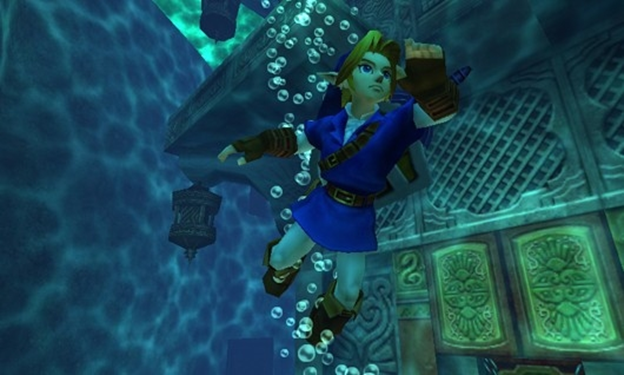
Some parts of it instilled rage and frustration in me, too
Video gaming history in general is often divided into eras based on the consoles that dominated generations, but I feel like it can be defined more succinctly: the history of video games boils right down to the time before OCARINA OF TIME’s release (we’ll refer to that and its games as BOOT, or Before OCARINA OF TIME) and everything that came after (Or post-OCARINA OF TIME, if you will—POOT). Even though the 3D era began with BOOTs like MEGA MAN LEGENDS or TOMB RAIDER, which already operated with the technical marvels of 3D graphics, adventures still felt somewhat flat. Simply going over the shoulder wasn’t enough; games were still missing that volume-over-area mindset, the change from 2D to 3D generally feeling like walking “forward and backward” instead of “up and down” in a primitive attempt to break industry convention.
While those titles weren’t bad (both are pretty symbolic of their era), OCARINA completely changed the game with cunning level design, forcing players to be more thorough in the examination of—and interaction with—their surroundings. Puzzles involving the boomerang utilized the weapon’s flight pattern to reach switches that were inaccessible by a straight-shooting slingshot, the super sweet mirror shield was often used to refract light to burnable objects that were otherwise out of reach, and so on. Nintendo knew full well what they were working with when they designed these elements, and they strove to inject more intuitively logical challenges into Zelda’s gameplay. The idea that any of these elements sound like a given only stands as testament to OCARINA’s innovation.
Topping that innovation was an absolutely gorgeous, fleshed-out kingdom of Hyrule, brought to life with vibrant color and the inimitable Koji Kondo’s diverse soundtrack. The original introductory panning shot of Hyrule Field, that unforgettable Spanish-inspired Gerudo Valley guitar action, and Kakariko Village’s bone-chilling underbelly are just a few snippets of the game’s iconic songs and settings burned into the back of my mind. Even OCARINA’s exceedingly basic plot beats resonated through the power of its holistic approach. (Sheik’s meetings with Link outside of each temple, coupled with her theme, are some of the most beautiful scenes in the game.) Look no further than the titular artifact, the Ocarina of Time, for a prime example of this philosophy in action: Link gains the ability to travel through time and space with the power of music, a masterful intertwining of story, music, and gameplay.
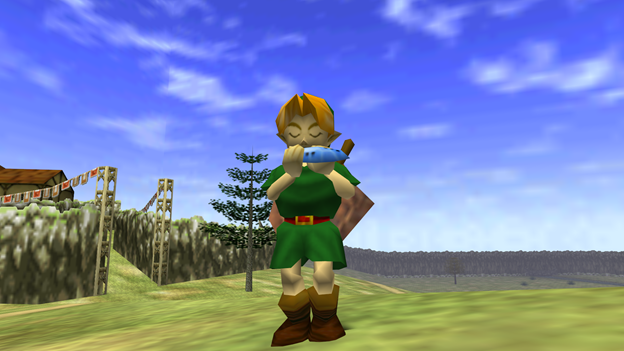
I mean, come on. The game vaulted a REAL INSTRUMENT into relevance. Who does that?
Nintendo’s commitment to its craft—in particular, its emphasis on player interactivity—helped set THE OCARINA OF TIME apart from so many of its contemporaries and earned it global recognition as Game of the Year in a year absolutely stacked with competition. (Seriously, go look anywhere for 1998/1999’s game of the year. The unanimity moved me to tears.) OCARINA OF TIME is the reason we got BREATH OF THE WILD. It was the template upon which timeless classics like BEYOND GOOD AND EVIL were built, and one of the heaviest inspirations behind the open world action adventure genre as we know it. (HORIZON:ZERO DAWN, I’m looking at you.) It set the standard for three-dimensional exploration by introducing elements that tasked players with thinking in a more realistic space, and weaved sight, sound, and action expertly together to make a game that was stunning and immersive, an interactive experience for the ages. It’s a pattern Nintendo never fails to return to in its new releases, evidenced by outings like the Splatoon series or even later Zelda entries like SKYWARD SWORD.
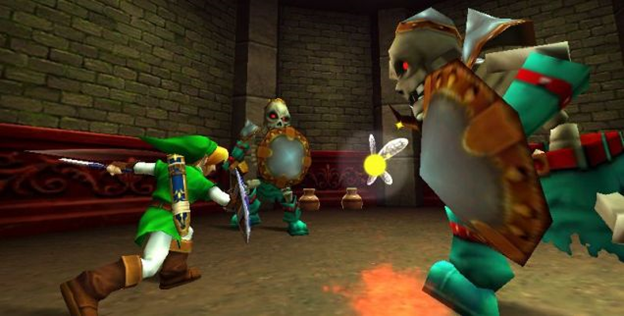
Navi’s inclusion established a pattern of often-grating Zelda companions, but that’s a different story
If all the name-dropping seems like a bit much, I want to assure you it’s justified; it’s almost impossible to talk about THE OCARINA OF TIME 20 years down the line without at least touching briefly upon the lasting legacy it left on the POOT gaming world. It’s Nintendo’s dissertation to SUPER MARIO 64’s senior thesis, a comprehensive realization of the space and tools they were working with. Where Mario seemed to be Nintendo finding its footing on an unfamiliar platform, OCARINA was the gaming giant handling the design capabilities of 3D and the game experience in stride. The fact that it did this in the same year that all-time BOOT classics like METAL GEAR SOLID and FINAL FANTASY TACTICS released just cements its status as a truly seminal work and a benchmark for games to come for the next 20 years and beyond.


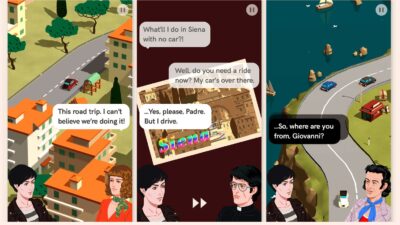

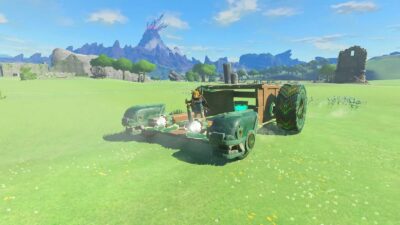

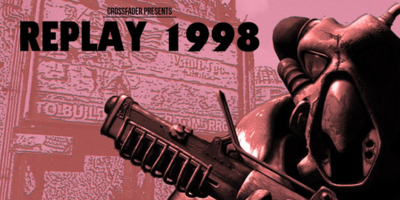
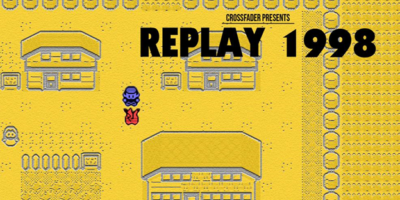
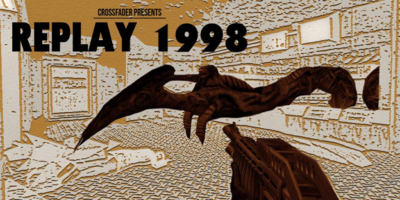
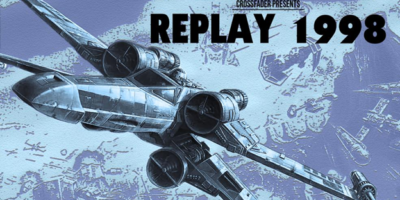
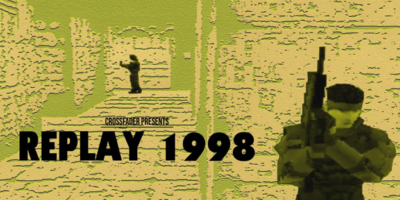
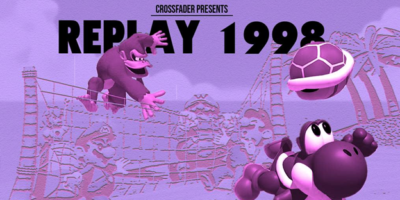

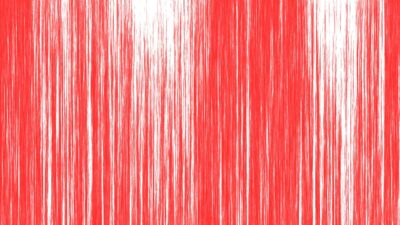


Comments